december-top.html
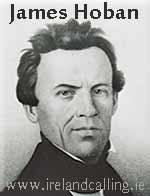 1831 James Hoban died in Washington DC on this day in 1831. He was born in Kilkenny but emigrated to America as a young man. Hoban had a successful career as an architect and his most famous work is the US government headquarters, the White House.
1831 James Hoban died in Washington DC on this day in 1831. He was born in Kilkenny but emigrated to America as a young man. Hoban had a successful career as an architect and his most famous work is the US government headquarters, the White House.
Hoban’s design was actually inspired by the Leinster House building in Dublin. This was the home of the Duke of Leinster up until the Irish Free State government was formed after the end of the Irish War of Independence. Since then it has been home to the Oireachtas (the Irish parliament).
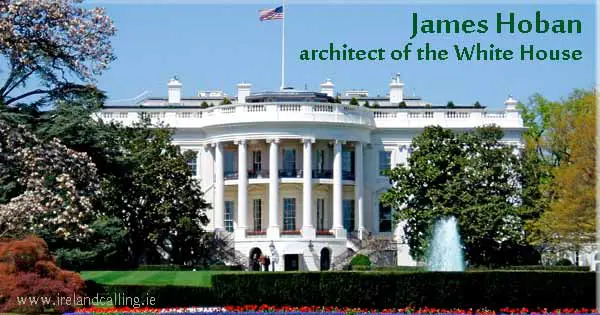
* * *
 1881 Padraic Colum was born in County Longford on this day in 1881. He was a poet and musician and was a leading literary figure in Ireland in the early 20th century. He was good friends with fellow writers WB Yeats and James Joyce.
1881 Padraic Colum was born in County Longford on this day in 1881. He was a poet and musician and was a leading literary figure in Ireland in the early 20th century. He was good friends with fellow writers WB Yeats and James Joyce.
Colum was a lover of Irish language and tradition. He would remember old folk tales and stories and recount them to try and help maintain the Irish culture. He moved to America and did a similar thing for Hawaiian tradition, writing a collection of ancient tales from the island for young people.
His poems, An Old Woman of the Roads, A Cradle Song and A Drover were all voted as some of Ireland’s 100 favourite poems in a poll by readers of the Irish Times.
Click here to read the poem, An Old Woman of the Roads
Click here to read the poem, A Cradle Song
Click here to read the poem, A Drover
Click here to read any of Ireland’s 100 favourite poems
Click here to read more about Padraic Colum
Click here to read about more Irish writers
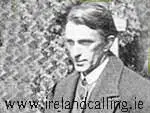 1922 Rory O’Connor was executed by firing squad on this day in 1922. He was an Irish nationalist who had rebelled against the Irish Free State government after the signing of the Anglo-Irish Treaty. O’Connor had fought alongside many members of the Free State in the Irish War of Independence.
1922 Rory O’Connor was executed by firing squad on this day in 1922. He was an Irish nationalist who had rebelled against the Irish Free State government after the signing of the Anglo-Irish Treaty. O’Connor had fought alongside many members of the Free State in the Irish War of Independence.
The signing of the Treaty ended the war, but angered many members of the IRA. They felt it was an insult to the men who had fought and died for an independent Irish republic in the Easter Rising and War of Independence. The treaty granted Ireland the right to govern itself, but as a dominion of the British Empire. Crucially, members of the Irish parliament had to swear an allegiance to the British crown.
This caused a split in the IRA. Half, the Free State led by Michael Collins, set about trying to run the country with their new found authority. The other half, the anti-treaty IRA, rebelled against their former comrades and started a civil war.
O’Connor led a group of anti-treaty IRA troops in the seizure of the Four Courts building in Dublin. Collins tried to resist opening fire on the building but had his hand forced by the kidnap and murder of one of his Free State Army soldiers.
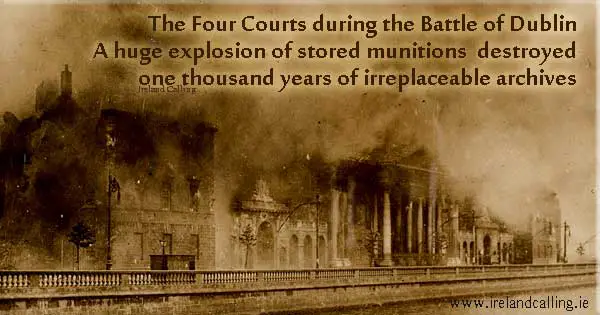
The Four Courts were regained with force and the rebels were sentenced to death. The execution of O’Connor was ordered by Free State official Kevin O’Higgins. The two men had been close friends just a few months earlier, in fact O’Connor was asked by O’Higgins to be the best man at his wedding. The severe breakdown in their relationship is a good indicator of the passion and tension felt on both sides of the divide in Ireland at this time.
Fellow anti-treaty IRA members Liam Mellows, Joseph McKelvey and Richard Barrett were executed with O’Connor.
Click here for more on the Irish Civil War
Click here to read more about Irish history

* * *
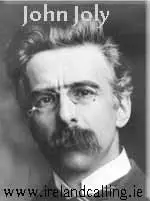 1933 John Joly died in Dublin on this day in 1933. He was a scientist who was known for his pioneering use of radiography to treat cancer patients. Joly was born in Offaly and studied engineering and literature at Trinity College Dublin.
1933 John Joly died in Dublin on this day in 1933. He was a scientist who was known for his pioneering use of radiography to treat cancer patients. Joly was born in Offaly and studied engineering and literature at Trinity College Dublin.
Joly and his colleagues developed a technique of using a hollow needle to insert radon into the capillaries of a cancer patient, in order to let the chemical destroy the tumour from the inside. The practice became a worldwide method of treating cancer, and was the basis for further medical science to work from.
Away from medicine, Joly used his skills to create a formula that could accurately date a fossil based on what elements were present within its minerals. A crater on Mars is named after him in honour of his work and contributions to science.
Click here to read about more great Irish scientists
* * *
1939 On this day in 1939, James Galway was born in Belfast. He is known by many as ‘the man with the golden flute’. Galway is regarded as one of the best flute players in the world.
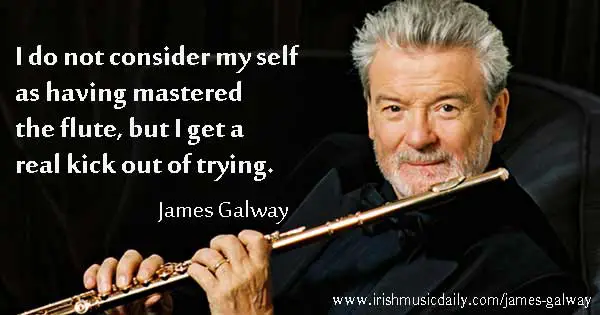
He was awarded a Lifetime Achievement award from the National Concert Hall in 2013. Galway is respected by all in the music industry as being one of the best at what he does, and also loved by all for his kind nature and enthusiasm to help others.
Click here to read more about James Galway
Click here to read about more top Irish musicians
Here’s James Galway playing Danny Boy.
* * *
1966 Happy birthday to Sinéad O’Connor, born in Dublin on this day in 1966. She is a talented singer songwriter and is one of Ireland’s most successful musical exports of her generation. O’Connor became a household name after her 1990 worldwide hit Nothing Compares 2 U. She has remained an influential figure in the music industry ever since.
O’Connor is famed for her honest manner and outspoken behaviour. In 2013, she offered some words of advice about avoiding the perils of the music business in an open letter to teen sensation Miley Cyrus. O’Connor was angered by Cyrus’ disrespectful response and hit back with an attack on the American star. She has also vented her anger at music moguls Simon Cowell and Louis Walsh for their domination of the charts with artificial acts made up of TV talent show contestants.
O’Connor has suffered with mental health issues in the past and has also publicly spoken about her difficulties living in Ireland, and that she prefers to live in America.
Click here to read more about Sinéad O’Connor
Click here to read about other top Irish singers
Sinéad O’Connor’s ‘motherly’ warning to Miley Cyrus
Sinéad O’Connor hits back at Miley Cyrus
Sinéad O’Connor turns her fury on Simon Cowell
Lonely Sinéad prefers America to Ireland
december-bottom.html
